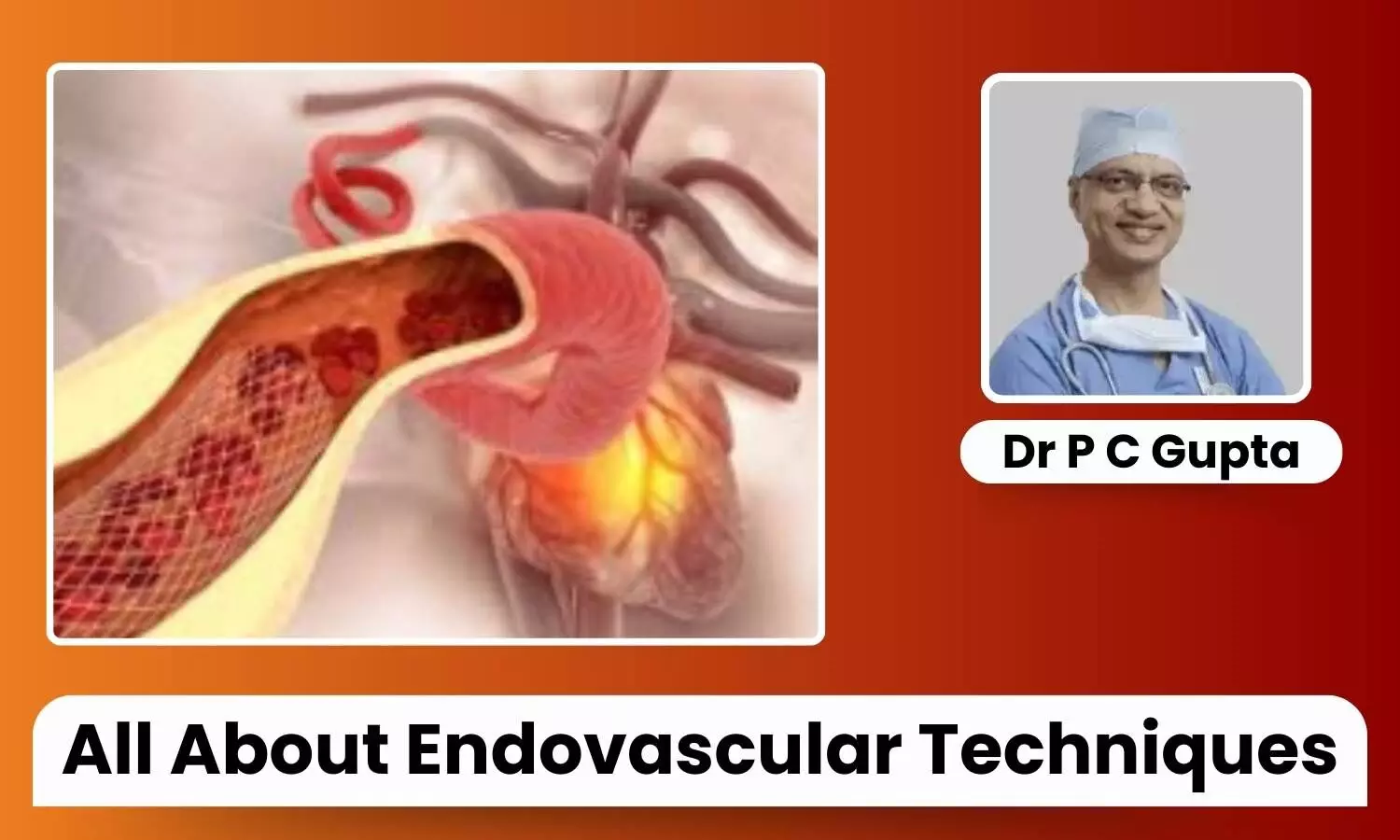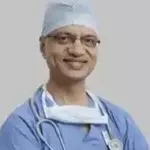Exploring Endovascular Techniques: Minimally Invasive Treatments for Life-Threatening Vascular Conditions - Dr P C Gupta

In the realm of modern medicine, vascular diseases stand out for their complexity and potential severity. Conditions such as abdominal aortic aneurysms, peripheral arterial disease (PAD), and venous thromboembolism (VTE) often progress silently, only surfacing when they reach life-threatening stages.
For decades, the standard of care involved invasive surgeries with significant risks and extended recovery times. However, the advent of endovascular techniques has revolutionized this landscape, offering minimally invasive treatments that are safer, more efficient, and highly effective.
As a vascular specialist, I have witnessed first-hand how these groundbreaking innovations have redefined outcomes for individuals facing critical vascular conditions. By leveraging state-of-the-art technology and a multidisciplinary approach, we are shaping a new era of vascular care.
Understanding Endovascular Techniques
Endovascular treatments involve methods performed from inside the blood vessels, utilizing specialized catheters, stents, and imaging steering.
In contrast to conventional open up surgeries that need large incisions, endovascular approaches are accomplished through small punctures in the skin, usually in the groin or wrist. This results in small interference to encircling tissues, decreased pain, and faster recovery.
Some of the most common endovascular procedures include:
- Angioplasty and Stenting: Used to open narrowed or blocked arteries, restoring blood flow.
- Endovascular Aneurysm Repair (EVAR): A life-saving technique for repairing abdominal or thoracic aortic aneurysms.
- Thrombectomy: A procedure to remove clots from blood vessels, critical in treating DVT, acute limb ischaemia and acute ischaemic stroke.
- Embolization: Used to block abnormal blood flow in conditions like arteriovenous malformations (AVMs) or aneurysms and for life-threatening bleeding from lungs or abdominal organs.
- Atherectomy: A technique to remove plaque from arteries, often used in severe PAD cases.
Advantages of Minimally Invasive Endovascular Procedures
- Reduced Risk of Complications: Minimal tissue damage lowers the risk of infections and other complications.
- Shorter Hospital Stays: Most patients can return home within a day or two after the procedure.
- Faster Recovery: Patients experience less pain and quicker return to normal activities.
- Preservation of Anatomical Structures: Endovascular techniques are designed to be precise, preserving the surrounding tissues and vessels.
- Suitability for High-Risk Patients: These procedures are often the best option for patients who cannot undergo open surgery due to age or comorbidities.
Emerging Trends in Endovascular Surgery
The field of endovascular surgery continues to evolve, driven by technological advancements and innovative approaches:
- Drug-Eluting Stents and Balloons: These devices release medications to prevent restenosis (re-narrowing of blood vessels).
- Robotic-Assisted Surgery: Enhances precision and reduces operator fatigue during complex procedures.
- Biodegradable Scaffolds: Temporary implants that dissolve over time, leaving natural arteries intact.
- Artificial Intelligence (AI) and Machine Learning: Used for image analysis and decision-making, improving diagnostic accuracy and treatment planning.
- Hybrid Procedures: Combining open surgery and endovascular techniques for complex cases.
Multidisciplinary Collaboration
Vascular conditions often intersect with other specialities, requiring a coordinated approach. A multidisciplinary team of specialists, including cardiologists, radiologists, anaesthesiologists, and rehabilitation experts, ensures seamless care.
From pre-procedure diagnostics to post-procedure recovery, every stage is meticulously planned and executed to optimize patient outcomes.
Raising Awareness: Empowering Patients Through Education
Despite the availability of advanced treatments, many vascular conditions remain underdiagnosed or mismanaged due to lack of awareness. Early detection is critical to successful outcomes.
Public health initiatives, community outreach programs, and educational campaigns are crucial in informing individuals about vascular health, the importance of regular check-ups, and the availability of minimally invasive solutions.
Looking Ahead
As the burden of vascular diseases continues to rise, the need for innovative and effective treatments becomes paramount. Endovascular techniques offer a beacon of hope, revolutionizing patient care and saving countless lives.
For individuals facing vascular conditions, these minimally invasive options represent a new era of possibilities. By embracing these advancements, we can ensure better health outcomes and an improved quality of life for our patients.
However, we must remember that open surgery remains vital to patient care in many situations and may be better than endovascular in those situations.
Disclaimer: The views expressed in this article are of the author and not of Health Dialogues. The Editorial/Content team of Health Dialogues has not contributed to the writing/editing/packaging of this article.


